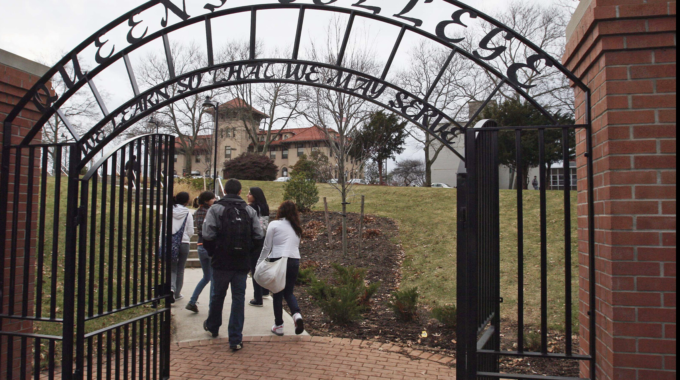
A dedicated generation has changed the way Asian food is consumed
A dedicated generation has changed the way Asian food is consumed
Scroll through anyone’s social media these days, and it’s likely you’ll see a 15-second video of a crispy, flaky roti bite, or a shot of a cheese-pull from a ramen-encrusted Korean corn dog.
The nearly ubiquitous appearance of Asian cuisines across social media confirms a growing obsession with the foods across the U.S. — a far cry from the days when Asian dishes were deemed either cheap and unappetizing, or too foreign and exotic.
Research by the blog The Picky Eater found that the foods most commonly posted on Instagram in 2023 were — after Italian in first place — Japanese, Indian and Korean, based on hashtags. In fact, eight of the top 10 most popular cuisines on the platform were from Asian cultures. Other analysis of Google trends by grilling website FoodFireFriends shows Chinese, Thai, Indian and Korean food among the top five most searched cuisines in the U.S.
It’s a significant cultural shift that scholars and content creators say is heavily fueled by the children of Asian immigrants, particularly Asian American professionals, who have used their language, resources, access to technology and pride in their identities to change the way the foods of their heritage are perceived.
“This in some ways is breaking out of Eurocentric judgment … and not being apologetic about it,” Krishnendu Ray, director of the food studies Ph.D. program at NYU, told NBC News. “We are just on the leading edge of saying, ‘Our food is great and beautiful and tastes great. You guys have to figure out how to appreciate it, just like we have figured out how to appreciate wine and stinky cheese.’”
Ray, who examined Zagat, Michelin and other food trend data going back to around 1986, said that Japanese food indeed climbed steeply in both price and popularity, hitting its “peak” in 2000. It was followed later on by Korean food. Other cuisines like Chinese, which have long been a staple of the American fast-food scene, progressively became more complex and diverse, with more restaurants specializing in regional dishes. Simultaneously, Eurocentric tastes are becoming less popular, Ray said.
But it’s taken a long time to get here. Notions of food and prestige in Western culture have long been colored by Europe’s history of colonization, Ray said. Prior to 1800, spices, for example, had been considered ingredients that were highly valued, only obtained from exotic, highly developed, far-away lands. But a palpable change began to occur at the turn of the century due to European colonization.
“In Europe, they developed this idea that spicy food is inferior food, poor people’s food, not very sophisticated,” Ray explained. “They said, ‘OK, we have colonized them so they are inferior, so we don’t like their taste.’”
Technology, however, has marked the “democratization” of conversations around cuisine and taste, something that had long been typically reserved for white, male food critics, Ray said. Unlike many of the earlier generations, second-generation Asian Americans, many of whom were upwardly mobile, were able to educate their peers in English and “say what they want to say without gatekeepers,” Ray said.
“People are eating much more interesting, complex Asian foods and have a vocabulary now to talk about it,” Ray said.














